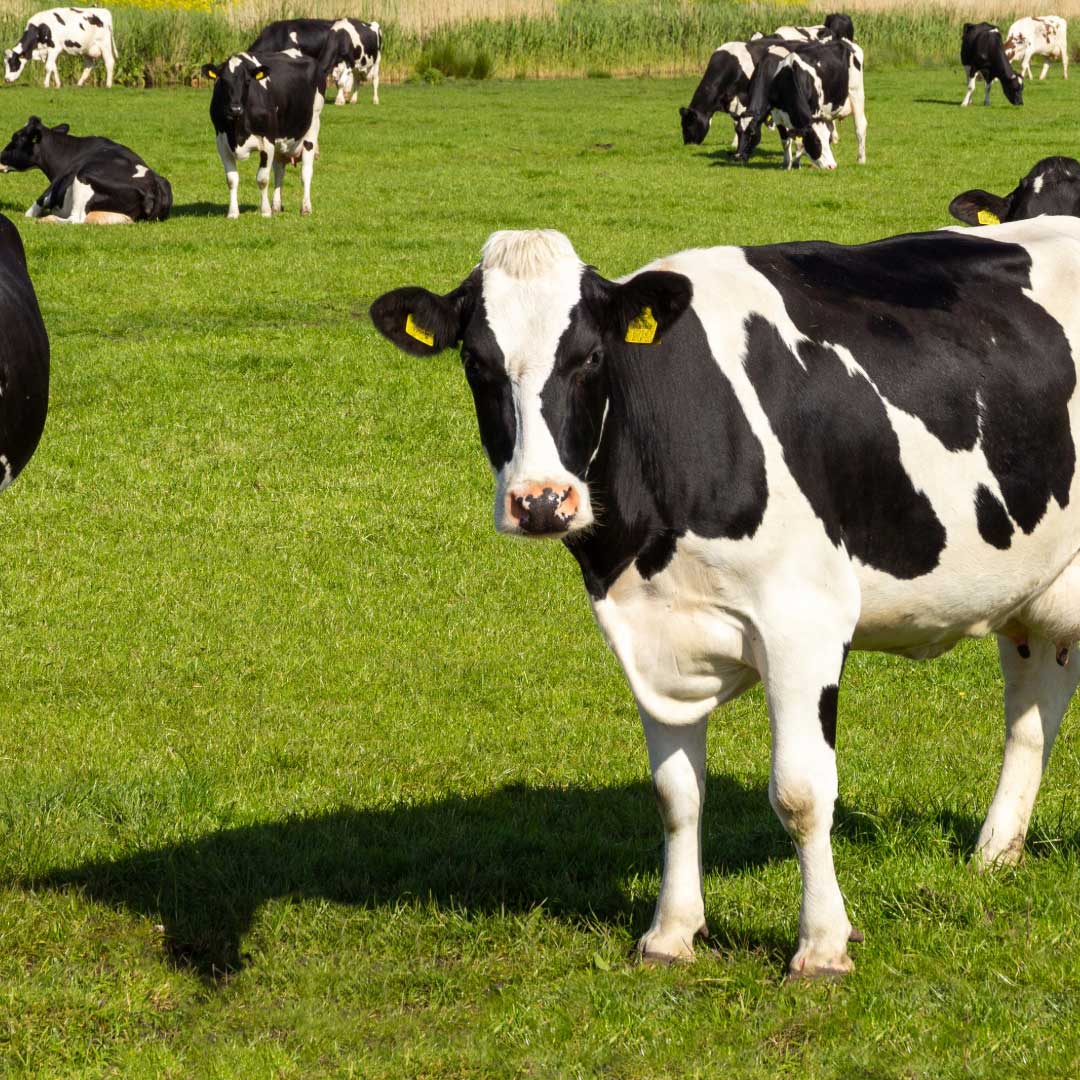▶️ Watch: Confort y diseño de instalaciones en granjas lecheras
El confort de la vaca no solo es clave para su bienestar, sino también para la rentabilidad de la lechería y para fortalecer la confianza del consumidor.

Explore research-based management strategies to enhance Animal Welfare and Herd Health, recognizing the relationship between optimal animal care and the success of dairy business.




El confort de la vaca no solo es clave para su bienestar, sino también para la rentabilidad de la lechería y para fortalecer la confianza del consumidor.
The Madigan Squeeze technique has been shown to help alleviate neonatal maladjustment syndrome in various livestock species.
Un método para mejorar la higiene de la ubre es eliminar el pelo de la ubre, ya que puede atrapar estiércol, residuos, y albergar bacterias que aumentan el riesgo de infección y el conteo de células somáticas.
En esta charla discutiremos cómo la implementación de programas intensivos de alimentación a terneras de reposición durante las primeras semanas de vida mejora su crecimiento, de qué forma afecta su desarrollo ruminal y su potencial productivo futuro.
Cattle herds in Wisconsin face ongoing challenges from two species of liver flukes—Fasciola hepatica (the common liver fluke) and Fascioloides magna (the deer liver fluke). These parasitic flatworms can cause significant liver damage, reduce animal productivity, and increase the risk of secondary infections, such as Redwater Disease.
“On behalf of intestinal helminth parasites everywhere, I would like to thank dairy and beef producers for hosting us in their cattle and on their pastures this summer. Despite your management efforts, we reproduced inside your cattle.”
One method to improve udder hygiene is removing udder hair, which can trap manure and debris and harbor bacteria that increase the risk of infection and elevated somatic cell counts.
Maneja las inyecciones para animales con cuidado para evitar infecciones, lesiones y que el medicamento no funcione. Herramientas limpias y pasos inteligentes hacen una gran diferencia.
Handle animal injections safely to prevent infection, injury, and medicine failure. Clean tools and smart steps make a big difference.
Working on dairy farms during hot weather presents unique challenges. Heat exposure kills more people annually than floods, tornadoes, lightning, and hurricanes combined.
Los pediluvios o piletas lavapatas son la herramienta de manejo más utilizada para controlar la Dermatitis Digital (DD) en las granjas lecheras.
Al igual que nosotros, los terneros pueden experimentar estrés por diversos factores en sus primeras etapas de vida.